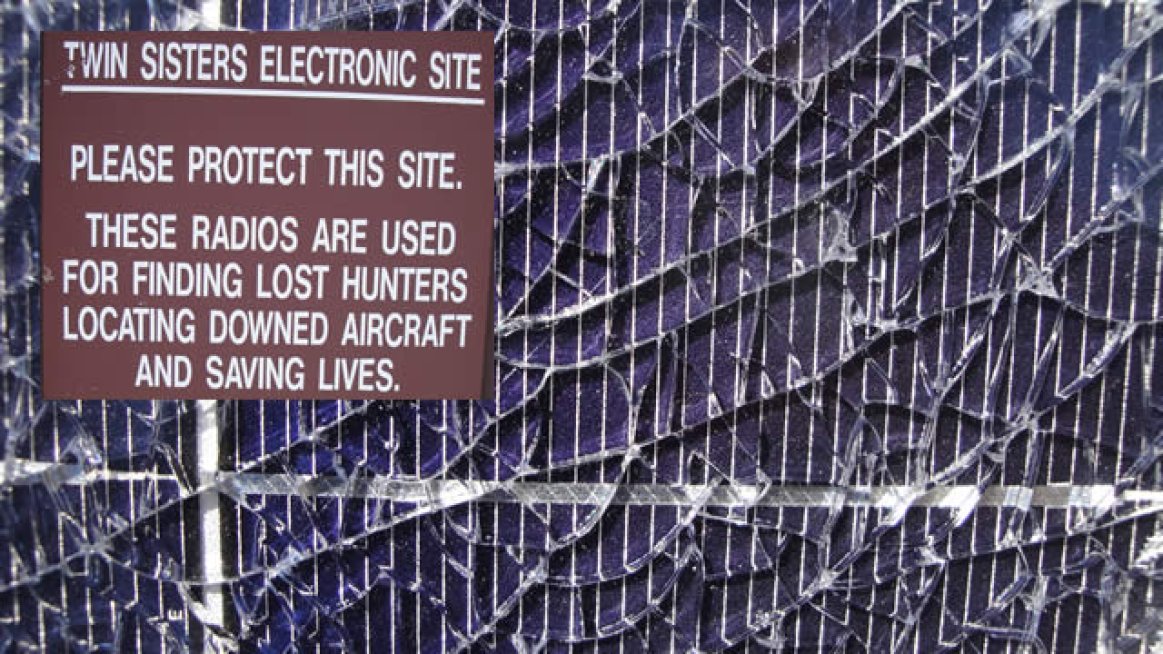

The number most often referenced for the lifetime of a Silicon (Si) based solar panel is about 25 years. Solar panels are an expensive upfront investment, and owners want to be sure that they’re getting their money’s worth. With most financial models based on this 25-year number, how long can one really expect a module to last? Obviously, the module shouldn’t spend 20 of those years running at 20% of its rated output. Nor is it likely to abruptly turn off at the 25-year mark.
Finding accurate information, however, is not so easy. Many factors affect the longevity of a solar panel. Adding to the confusion, many of the early solar panels made back in the 1970s are still running at 80% of their original power capacity. So, after 40 years, well past their predicted useful life, these old panels are still operating efficiently.
What Type of Solar Panel Is It?
A solar panel’s rate of degradation depends on the type of panel. Crystalline panels are far more resilient than thin film panels. The warranties for the different kinds of panels reflect their different life expectancies. Crystalline panels are usually guaranteed for 20-25 years, while film panels are generally guaranteed for only 2-5 years.
The regular warranty for photovoltaic solar panels lasts 25 years. Here is how the manufacturers come up with this number: They calculate a loss of efficiency of .8% for every year. At this rate of degradation, after 25 years, the panels will be down to operating at 80% of their original efficiency. Solar panels should meet a minimum 80% efficiency standard, in order to be effective. Therefore 25 years is the time predicted for these panels to degrade below an acceptable efficiency rate.
Nevertheless, there are crystalline panels that have been running for over 40 years, and thin film panels that have put out the necessary charge for double the standard time.
What can you do to increase the longevity of your solar panels?
Solar panels don’t usually require heavy maintenance, but there are some simple steps you can take to keep them functioning at full capacity for a longer period of time than usual.
- Pick a manufacturer with a good reputation. For the most part, solar panels are encapsulated in glass and unaffected by the environment. The semiconductor material is isolated from the corrosive atmosphere. If a manufacturer uses sub-standard materials to encapsulate the metal and conductive materials, the panel will degrade.
- Make sure they have full access to light. Remove any tree limbs or other plant growth that block sunlight. Any shade will have a negative impact on a solar panel’s efficiency – but not just because of blocked photons. The shaded area will be a high-resistance “hotspot”, even, to some degree, with diodes installed. These hotspots can accelerate degradation of the module over time and lead to premature failure.
- Be sure to keep your solar panels clean. This is doubly true in areas with lots of wind. Keep your panels free of dust, dirt, sand and pollen. In more polluted cities, don’t let smog settle on the panels. In winter, keep snow and frost off the panels when possible.
Comments
Thermal cycling is actually physical movement.
My SC October installed 10 panels that have 7" of space under them were showing their Enphase inverters running 10C cooler than the panels on the asphalt shingle roof with 3" spacing, and with the horizontal rails blocking airflow.
MG
Alan - Thank you for your query and apologies on the delayed response. Greentech Renewables is a distributor for residential and commercial solar panels. As such, we don't carry panels with lower power than 255W and are typically sized at 5.5 x 3.5 feet with an estimated lifetime of 25+ years. These could be used on RVs, but the ones specifically for RVs are typically smaller and more reinforced. Solar in RV is a promising application for solar but unfortunately, we at Greentech Renewables don't carry panels intended for RV or mobile applications.